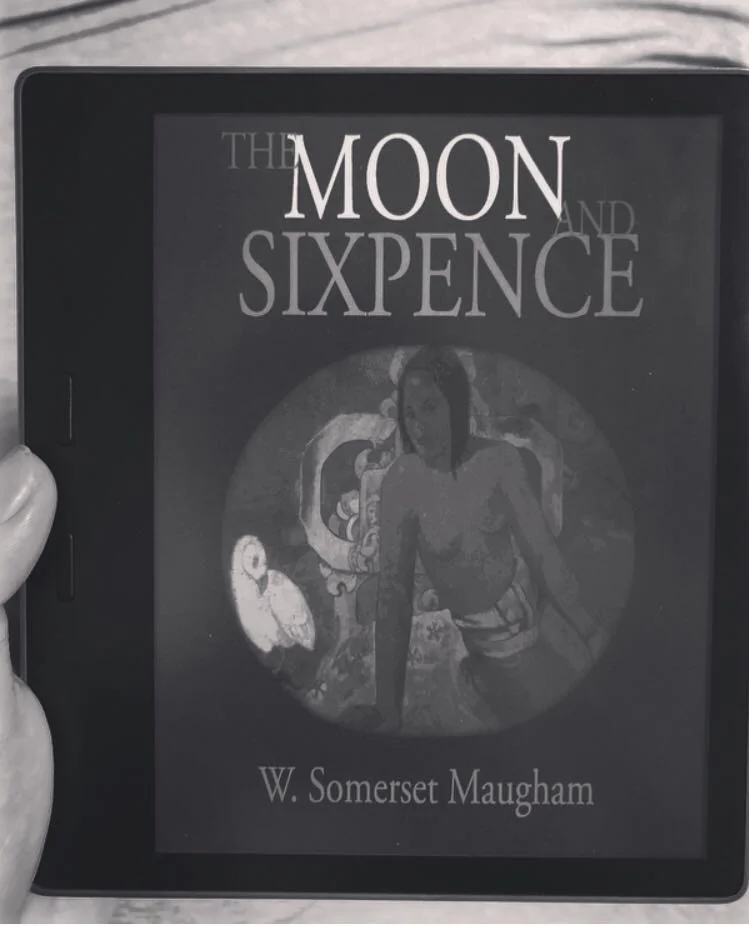The Silk Roads by Peter Frankopan
A gorgeous mosaic that reassesses the world’s history. Differ from the accepted and lazy history of civilization that omits “Orientalism”, Peter Frankopan lead readers to explore the Silk Roads— routes along which pilgrims and warriors, nomads and merchants have traveled, goods and produce have been bought and soled, philosophies and religions exchanged, adapted and refined. In this review, instead of being a rambling polemicist on the content, I’d focus on why I believe everyone should give this book a read.
Prior to the maritime expeditions at the end of the 15th century, the Silk Roads served as the world’s central nervous system, connecting people and places together. Despite its importance, it has been forgotten by mainstream history. In part, this is due to the strident and overwhelmingly negative view of the east as undeveloped and inferior to the west, aka. Orientalism. Yet, it also stems from the fact that the narrative of the past has become so dominant and well established that there is no place for a region that has long been seen as peripheral to the story of the rise of Europe and of Western society.
History was twisted and manipulated to create an insistent narrative where the rise of the west was not only natural and inevitable, but a continuation of what had gone before. The rise of Europe sparked a fierce battle for power—and for control of the past. As rivals squared up to each other, history was reshaped to emphasize the events, themes and ideas that could be used in the ideological clashes that raged alongside the struggle for resources and for command of the sea lanes. Busts were made of leading politicians, and general wearing togas to make them look like Roman heroes of the past.
Today, Jalalabad and Herat in Afghanistan, Fallujah and Mosul in Iraq, or Homs and Aleppo in Syria seem synonymous with religious fundamentalism and sectarian violence. The present has washed away the past: Gone are the days when the name of Kabul conjured up images of the gardens planted and tended by great Babur, founder of the Mughal Empire in India.
Modern impressions about Iran have obscured the glories of its more distant history when its Persian predecessor was a byword for good taste in everything. In the same way, Modern impression about China have altered the legends of its Spring and Autumn period 476 B.C where schools of philosophers, including Confucius rose; ironically, China was a place with the most freedom of speech.
The present washed away the past. We forgot the yesterday where the Silk Roads is the bridges between the East and West where great centres of civilisation rose. Ancient civilisation such as Babylon, Nineveh, Uruk and Akkad in Mesopotamia were famed for their grandeur and architectural innovation. The yesterday where the Silk Roads is where the world’s great religions burst into life, where Judaism, Christianity, Islam, Buddhism and Hinduism jostled with each other. The yesterday where the Silk Roads is the cauldron where language groups competed, where Indo-European, Semitic and Sino-Tibetan tongues wagged along side those speaking Altaic, Turkic and Caucasian. The yesterday where the Silk Roads is where great empires rose and fell, where the after-effects of clashes between cultures and rivals were felt thousands of miles away.
As we forgot that human civilization was built collaboratively, as we forgot that most nations have once dominated, as we forgot that inventions were shared, philosophies were exchanged, ideas were transferred. Conscious or unconsciously, we began to believe superiority of some countries over the others, some cultures over the others, some race over the others, some religions over the other.
I recommend everyone to give this book a read. This book is an exhaustive account on the history of Silk Road, the author did an extraordinary job in keeping transliteration consistent. Historians tend to become anxious over the issue of transliteration. In a book such as The Silk Roads, that draws on primary sources written in different languages, it is extremely hard to have a consistent rule on proper names. I love how the author refers to the great city on the Bosporus as Constantinople up to the end of the First World War, at which point he switched to Istanbul. He also refers to Persia until the country’s formal change of name to Iran in 1935. The organization of this book is superb.
This is not to say there weren’t issues: I was unhappy with the maps. There were too few, with too few labels, that I had to keep a historical atlas constantly at my side. For others who read this on Kindle had electronic links to the footnotes, which were extremely helpful, and made me mad with jealousy as I juggled bookmarks on the map and footnote pages. On the bright side, the photographs in the paperback had colors.



